Shuang Dai
DP$^2$-NILM: A Distributed and Privacy-preserving Framework for Non-intrusive Load Monitoring
Jun 30, 2022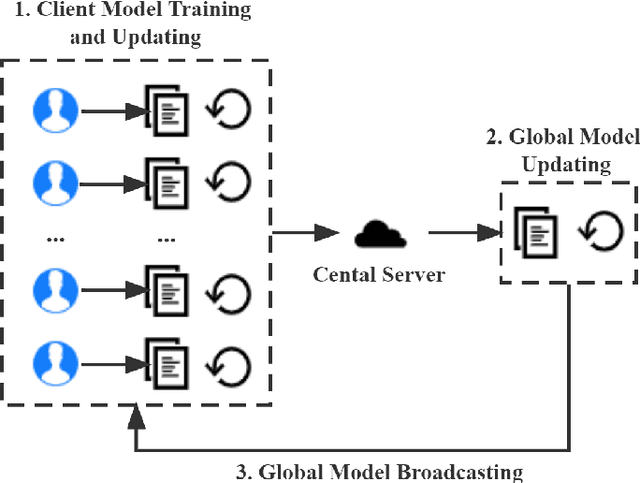

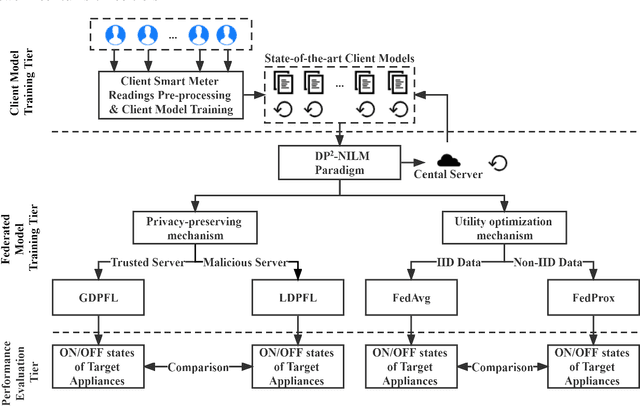

Abstract:Non-intrusive load monitoring (NILM), which usually utilizes machine learning methods and is effective in disaggregating smart meter readings from the household-level into appliance-level consumption, can help analyze electricity consumption behaviours of users and enable practical smart energy and smart grid applications. Recent studies have proposed many novel NILM frameworks based on federated deep learning (FL). However, there lacks comprehensive research exploring the utility optimization schemes and the privacy-preserving schemes in different FL-based NILM application scenarios. In this paper, we make the first attempt to conduct FL-based NILM focusing on both the utility optimization and the privacy-preserving by developing a distributed and privacy-preserving NILM (DP2-NILM) framework and carrying out comparative experiments on practical NILM scenarios based on real-world smart meter datasets. Specifically, two alternative federated learning strategies are examined in the utility optimization schemes, i.e., the FedAvg and the FedProx. Moreover, different levels of privacy guarantees, i.e., the local differential privacy federated learning and the global differential privacy federated learning are provided in the DP2-NILM. Extensive comparison experiments are conducted on three real-world datasets to evaluate the proposed framework.
Addressing modern and practical challenges in machine learning: A survey of online federated and transfer learning
Feb 07, 2022Abstract:Online federated learning (OFL) and online transfer learning (OTL) are two collaborative paradigms for overcoming modern machine learning challenges such as data silos, streaming data, and data security. This survey explored OFL and OTL throughout their major evolutionary routes to enhance understanding of online federated and transfer learning. Besides, practical aspects of popular datasets and cutting-edge applications for online federated and transfer learning are highlighted in this work. Furthermore, this survey provides insight into potential future research areas and aims to serve as a resource for professionals developing online federated and transfer learning frameworks.
FederatedNILM: A Distributed and Privacy-preserving Framework for Non-intrusive Load Monitoring based on Federated Deep Learning
Aug 08, 2021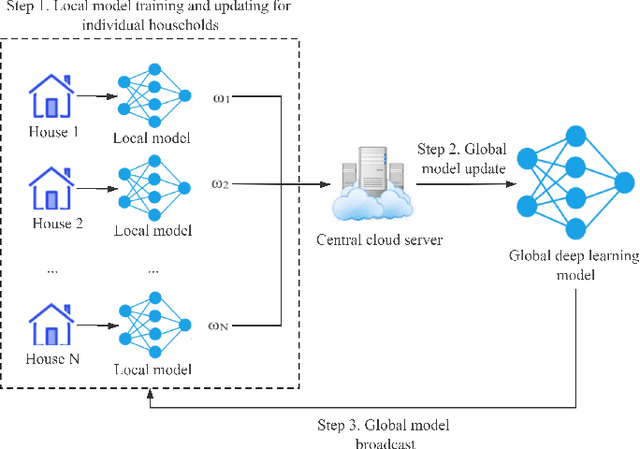

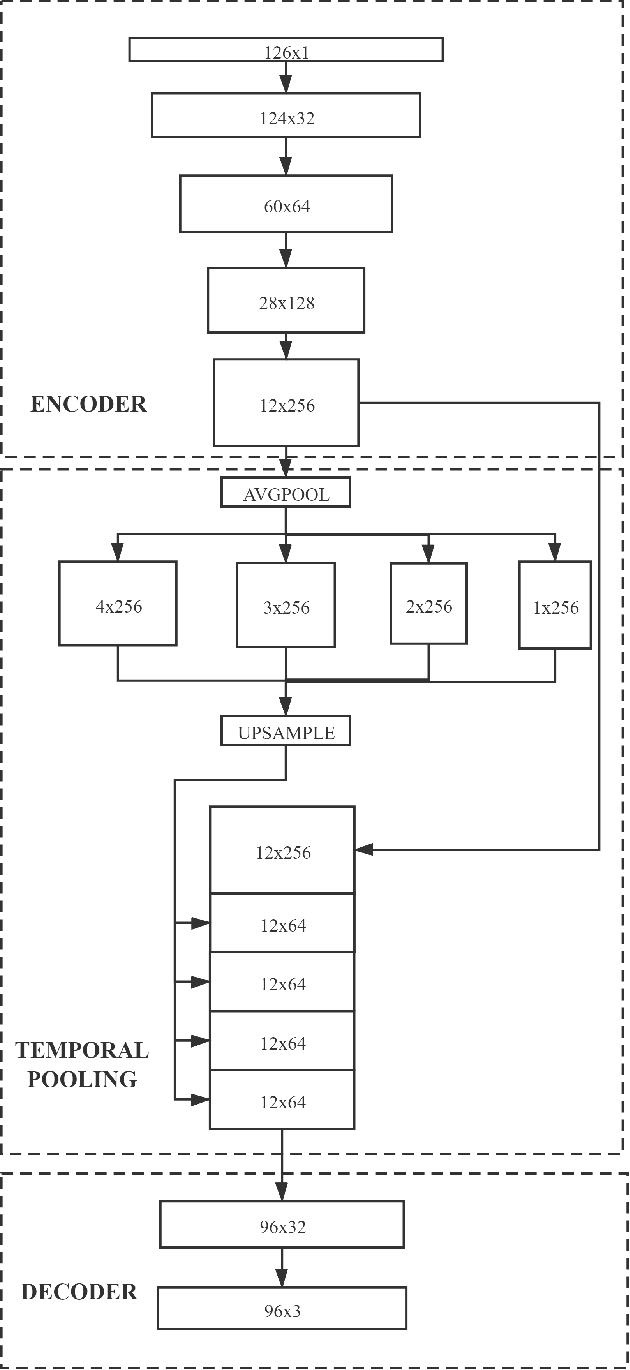

Abstract:Non-intrusive load monitoring (NILM), which usually utilizes machine learning methods and is effective in disaggregating smart meter readings from the household-level into appliance-level consumptions, can help to analyze electricity consumption behaviours of users and enable practical smart energy and smart grid applications. However, smart meters are privately owned and distributed, which make real-world applications of NILM challenging. To this end, this paper develops a distributed and privacy-preserving federated deep learning framework for NILM (FederatedNILM), which combines federated learning with a state-of-the-art deep learning architecture to conduct NILM for the classification of typical states of household appliances. Through extensive comparative experiments, the effectiveness of the proposed FederatedNILM framework is demonstrated.
Electrical peak demand forecasting- A review
Aug 03, 2021
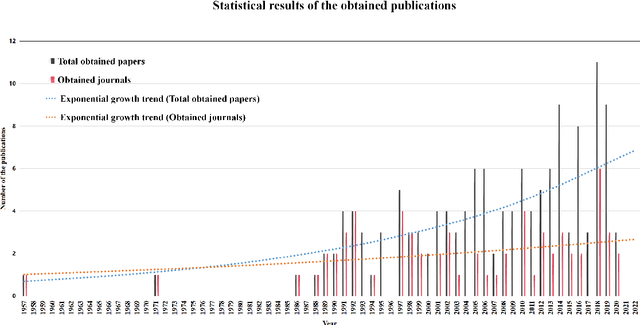


Abstract:The power system is undergoing rapid evolution with the roll-out of advanced metering infrastructure and local energy applications (e.g. electric vehicles) as well as the increasing penetration of intermittent renewable energy at both transmission and distribution level, which characterizes the peak load demand with stronger randomness and less predictability and therefore poses a threat to the power grid security. Since storing large quantities of electricity to satisfy load demand is neither economically nor environmentally friendly, effective peak demand management strategies and reliable peak load forecast methods become essential for optimizing the power system operations. To this end, this paper provides a timely and comprehensive overview of peak load demand forecast methods in the literature. To our best knowledge, this is the first comprehensive review on such topic. In this paper we first give a precise and unified problem definition of peak load demand forecast. Second, 139 papers on peak load forecast methods were systematically reviewed where methods were classified into different stages based on the timeline. Thirdly, a comparative analysis of peak load forecast methods are summarized and different optimizing methods to improve the forecast performance are discussed. The paper ends with a comprehensive summary of the reviewed papers and a discussion of potential future research directions.
 Add to Chrome
Add to Chrome Add to Firefox
Add to Firefox Add to Edge
Add to Edge